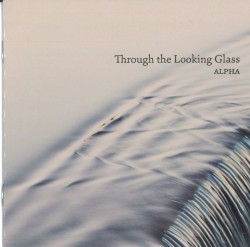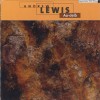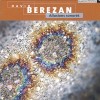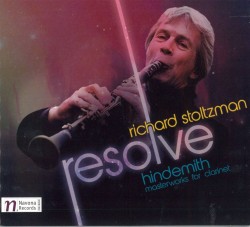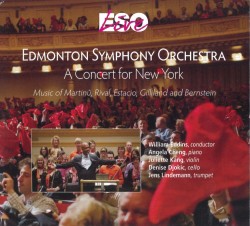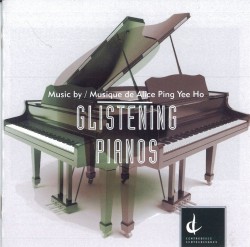Chiyoko Szlavnics – Gradients of Detail
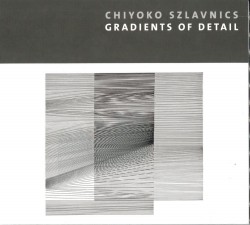 Chiyoko Szlavnics – Gradients of Detail
Chiyoko Szlavnics – Gradients of Detail
Ensemble musikFabrik; Peter Rundel; Dirk Rothbrust; Asasello Quartett
World Edition CD #0022 (world-edition.com)
Armed with great insight and awareness of 20th century classical music history, in her first CD, Gradients of Detail, Berlin-based Toronto composer Chiyoko Szlavnics explores musical ideas that while leaning toward abstraction possess a finely nuanced sensitivity to the nature and reception of sound.
One of her primary memes is the use of “pure,” senza vibrato, sustained tones, and yet there is plenty of motion in the music too. Some tones rise in pitch while others fall in slow glissandi. At other moments they overlap and interfere, creating sonic moiré patterns, or are occasionally interspersed with a timbrally thick staccato, the sonic equivalent of a fuzzy thick point on paper. Szlavnics assays these common raw materials with the three variably scored works performed on this CD.
The musical result is a constantly shifting, subtly beating soundscape reminding me stylistically of various composers: a less bellicose early Penderecki, Xenakis (another composer inspired by the possibility of dialogue between graphic representation and music) and perhaps certain works by Feldman. In particular the influence of James Tenney, Szlavnics’ Toronto composition teacher, appears to hover in the background. It’s revealed in elements of instrumentation (sine-wave generators), tuning (i.e. just intonation), quirky texture (multiple crossing glissandi) and an extreme sensitivity to instrumental tone colour and its structural and even melodic exploitation.
Black graphic lines and moiré patterns dominate Szlavnics’ graphic art, liberally displayed on the CD cover and in the booklet; the symbiosis between her graphic and musical oeuvre is the primary theme explored in the thought-provoking essay “Drawing Music” by Eugen Blume.
I’ve chosen to sketch in the broad outlines of the music on the CD but I wanted in closing to mention the outstanding Szlavnics ensemble piece (a)long lines: we’ll draw our own lines. The haunting work seamlessly dovetails electronically- and acoustically-produced timbres into a sound world that’s all her own, performed with virtuoso precision and emotional warmth by the Cologne-based Ensemble musikFabrik. Listening to the album several times – please turn the volume up to enjoy the full sonic palette – has been an exciting personal journey. Along the way, a delightful surprise: the thrill of discovering a masterful compositional voice.


